How Big Is An Endoscope Camera?
Endoscope cameras, also known as endoscopic cameras, are essential tools in modern medical diagnostics and surgical procedures. These devices have revolutionized the way healthcare professionals examine and treat internal organs and cavities, providing a minimally invasive alternative to traditional surgical methods. The size of an endoscope camera is a critical factor that influences its application, usability, and effectiveness. In this article, we will explore the various dimensions of endoscope cameras, their applications, and the technological advancements that have enabled their miniaturization.
Understanding Endoscope Cameras
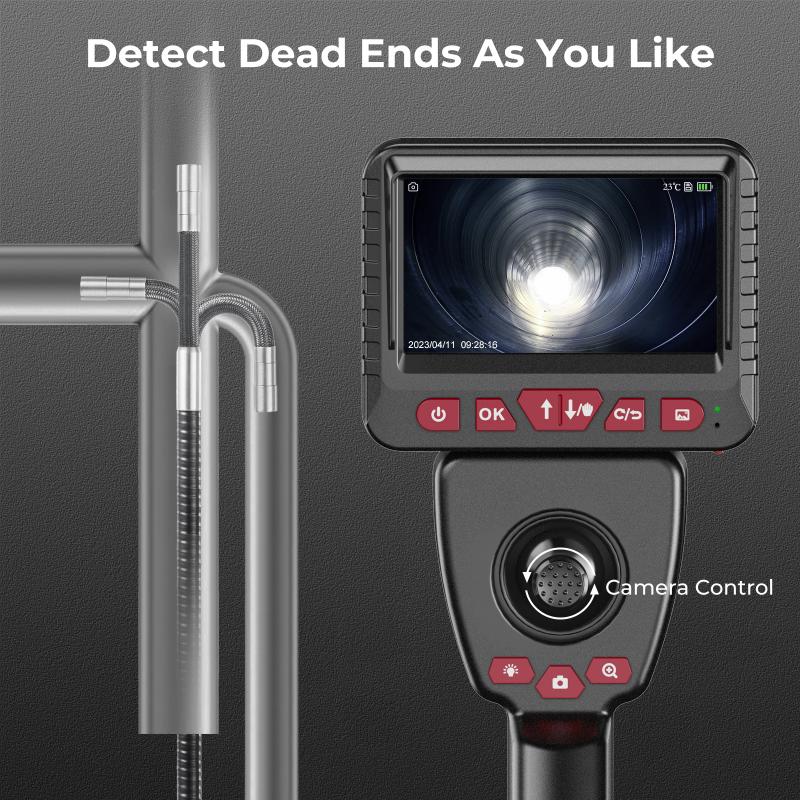
Endoscope cameras are integral components of endoscopes, which are flexible or rigid tubes equipped with a light source and a camera. These devices are inserted into the body through natural openings or small incisions to visualize internal structures. The camera captures real-time images or videos, which are then displayed on a monitor for the healthcare professional to analyze.
Size Variations and Applications
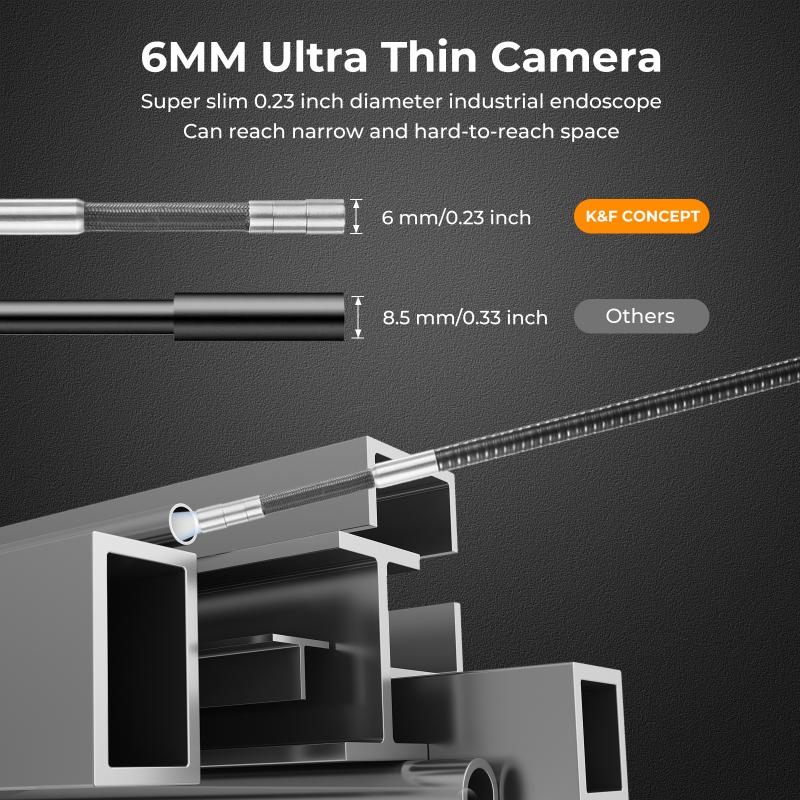
The size of an endoscope camera can vary significantly depending on its intended application. Here are some common types of endoscope cameras and their typical sizes:
1. Gastrointestinal Endoscopes: These endoscopes are used to examine the gastrointestinal tract, including the esophagus, stomach, and intestines. The diameter of the camera in these endoscopes typically ranges from 8 to 12 millimeters. The relatively larger size allows for better image quality and the inclusion of additional tools for biopsy or treatment.
2. Bronchoscopes: Used to examine the airways and lungs, bronchoscopes have smaller cameras, usually ranging from 3 to 6 millimeters in diameter. The smaller size is necessary to navigate the narrow and delicate airways without causing damage.
3. Arthroscopes: These endoscopes are used in orthopedic procedures to examine joints such as the knee, shoulder, and wrist. The camera size in arthroscopes typically ranges from 2 to 5 millimeters. The compact size allows for precise visualization and manipulation within the joint space.
4. Laparoscopes: Used in minimally invasive abdominal surgeries, laparoscopes have cameras that range from 5 to 10 millimeters in diameter. The size allows for high-resolution imaging while maintaining a balance between invasiveness and functionality.
5. Capsule Endoscopes: A relatively recent innovation, capsule endoscopes are small, pill-sized devices that patients swallow. These capsules contain a tiny camera, light source, and transmitter. The camera size in capsule endoscopes is typically around 11 millimeters in length and 26 millimeters in diameter. These devices are used to examine the small intestine, which is difficult to reach with traditional endoscopes.
Technological Advancements
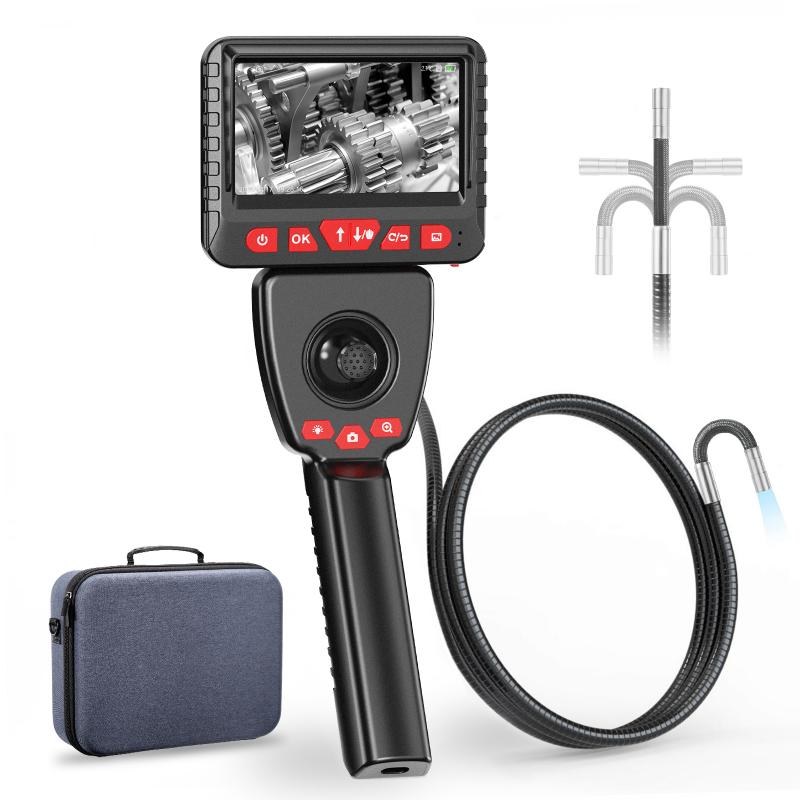
The miniaturization of endoscope cameras has been made possible by several technological advancements:
1. CMOS and CCD Sensors: Complementary Metal-Oxide-Semiconductor (CMOS) and Charge-Coupled Device (CCD) sensors are the primary imaging technologies used in endoscope cameras. These sensors have become smaller and more efficient over the years, allowing for high-resolution imaging in compact form factors.
2. LED Lighting: Traditional endoscopes used fiber-optic light sources, which were bulky and less efficient. The advent of Light Emitting Diode (LED) technology has enabled the integration of powerful, energy-efficient light sources into smaller endoscope cameras, improving illumination and image quality.
3. Wireless Technology: Capsule endoscopes rely on wireless technology to transmit images to an external receiver. Advances in wireless communication have enabled the development of these tiny, self-contained devices that can navigate the digestive tract and provide valuable diagnostic information.
4. Materials and Manufacturing: The use of advanced materials and manufacturing techniques has allowed for the production of smaller, more durable endoscope cameras. Biocompatible materials ensure that the devices are safe for use within the human body, while precision manufacturing techniques enable the creation of intricate components on a microscopic scale.
Practical Considerations
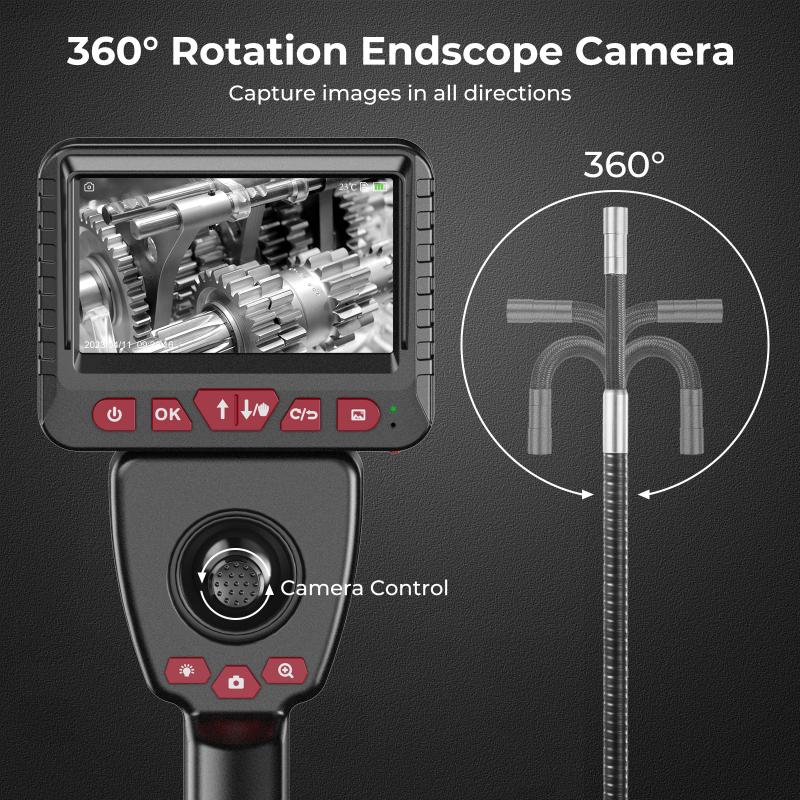
When selecting an endoscope camera, healthcare professionals must consider several factors:
1. Application: The intended use of the endoscope will dictate the required camera size. For example, a larger camera may be suitable for gastrointestinal examinations, while a smaller camera is necessary for bronchoscopic procedures.
2. Image Quality: Higher resolution cameras provide better diagnostic information but may be larger in size. Balancing image quality with the need for a compact form factor is essential.
3. Flexibility and Maneuverability: The size of the camera affects the flexibility and maneuverability of the endoscope. Smaller cameras allow for greater flexibility, making it easier to navigate complex anatomical structures.
4. Patient Comfort: Minimally invasive procedures aim to reduce patient discomfort and recovery time. Smaller endoscope cameras contribute to less invasive procedures, resulting in improved patient outcomes.
Future Trends
The field of endoscopy continues to evolve, with ongoing research and development focused on further miniaturization and enhanced functionality. Some emerging trends include:
1. Robotic Endoscopes: The integration of robotics with endoscopic technology is enabling more precise and controlled movements, allowing for complex procedures to be performed with greater accuracy.
2. Artificial Intelligence (AI): AI algorithms are being developed to assist in the interpretation of endoscopic images, improving diagnostic accuracy and reducing the burden on healthcare professionals.
3. 3D Imaging: Advances in 3D imaging technology are providing more detailed and accurate visualizations of internal structures, enhancing the capabilities of endoscopic procedures.
4. Biopsy and Treatment Integration: Future endoscope cameras may incorporate advanced tools for biopsy and treatment, allowing for more comprehensive and efficient procedures.
The size of an endoscope camera is a critical factor that influences its application, usability, and effectiveness in medical diagnostics and surgical procedures. Technological advancements have enabled the development of smaller, more efficient cameras that provide high-resolution imaging while minimizing invasiveness. As the field of endoscopy continues to evolve, ongoing research and development will further enhance the capabilities of these essential medical devices, improving patient outcomes and expanding the possibilities of minimally invasive medicine.




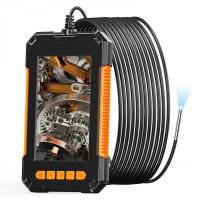

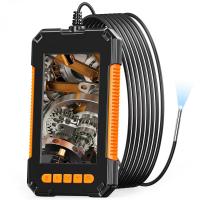
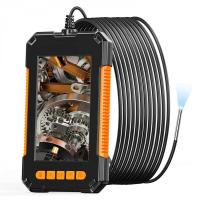
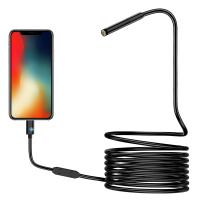
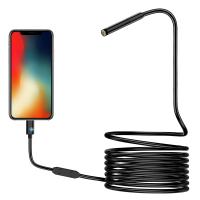
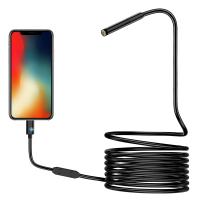
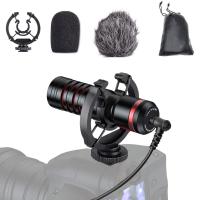

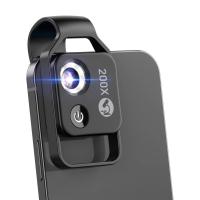

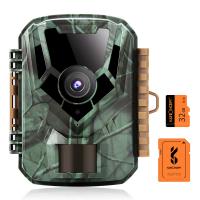
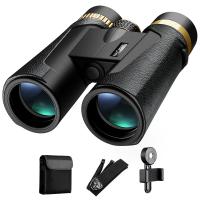
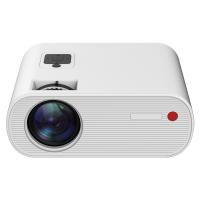

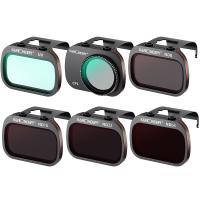

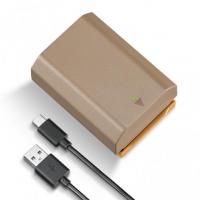
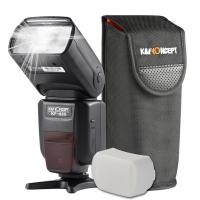







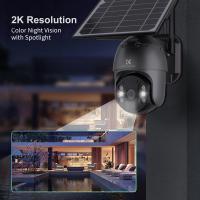
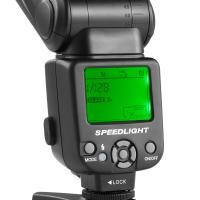
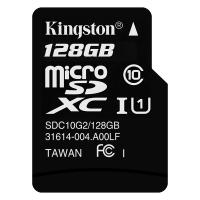
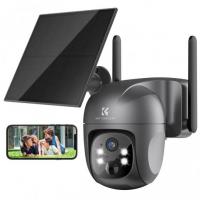


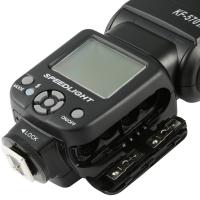




There are no comments for this blog.